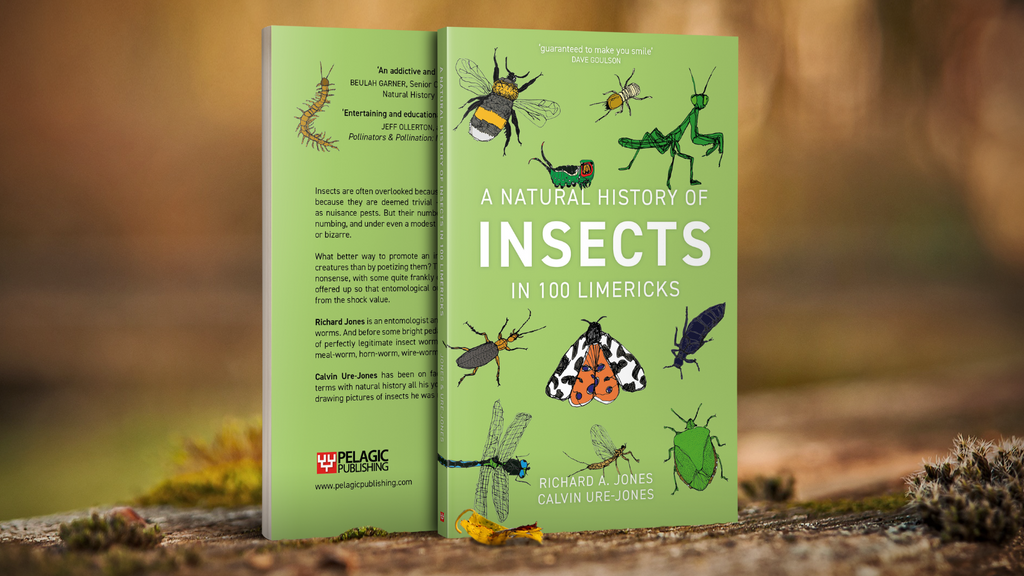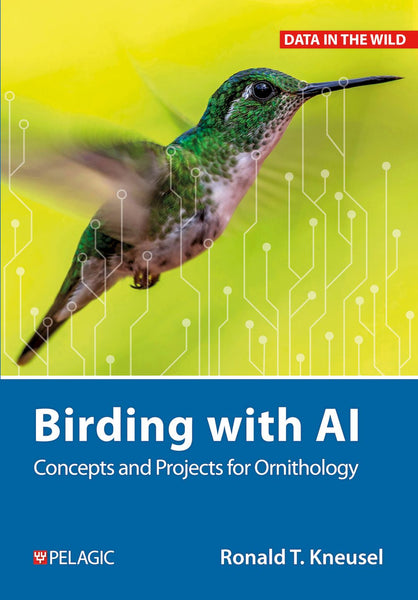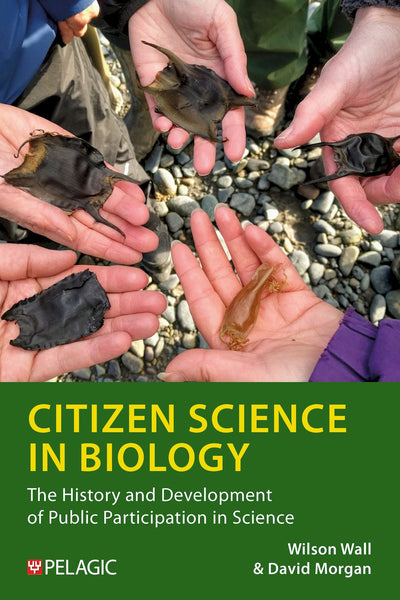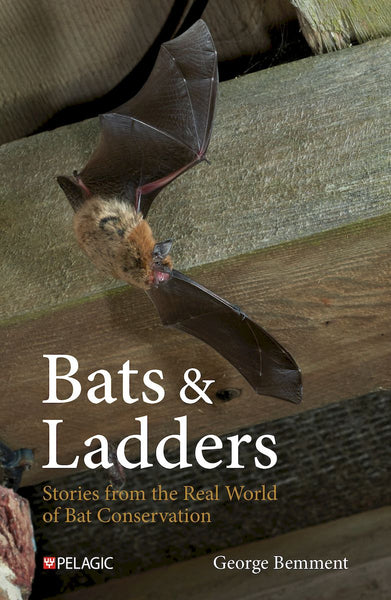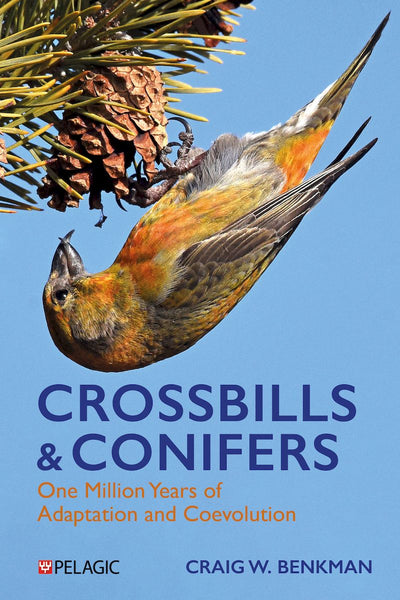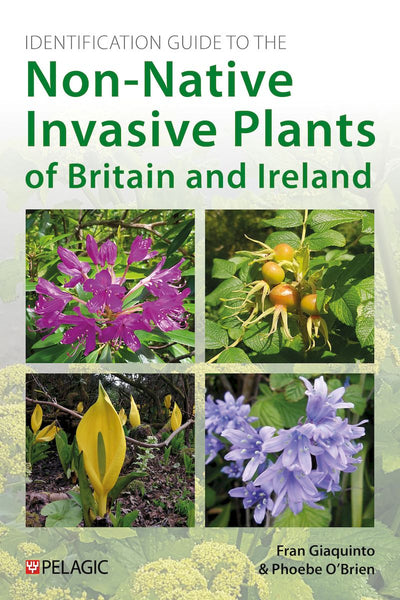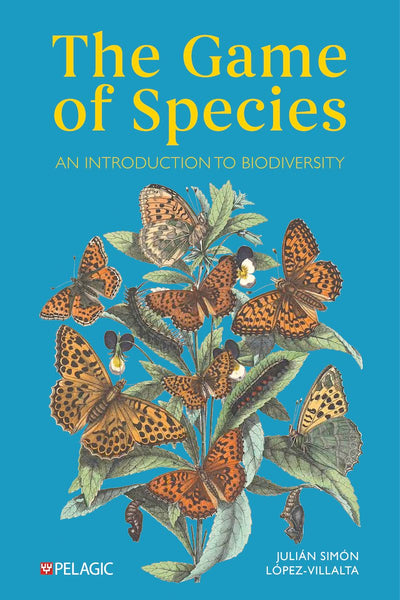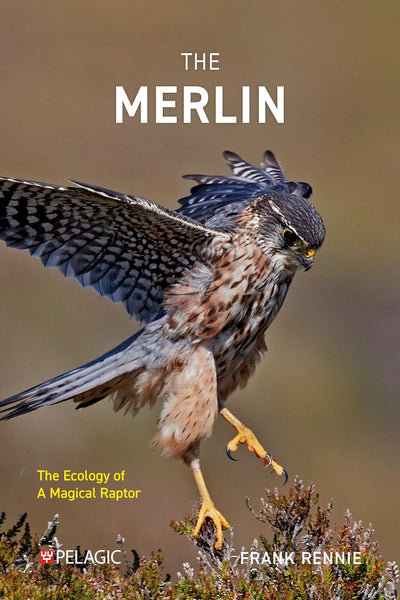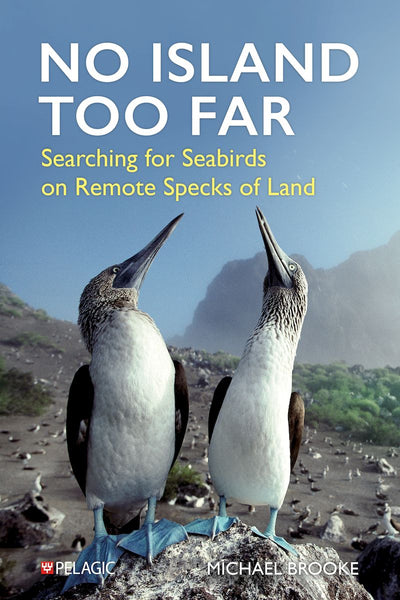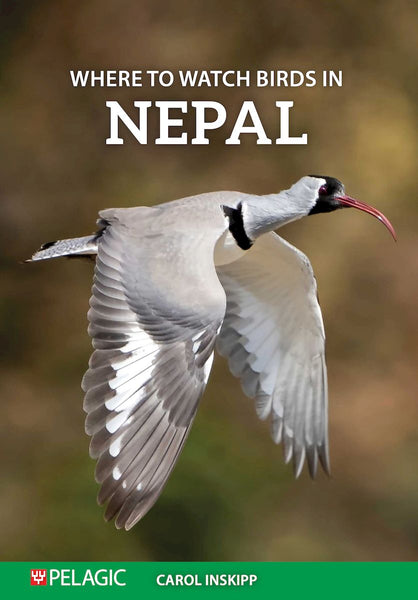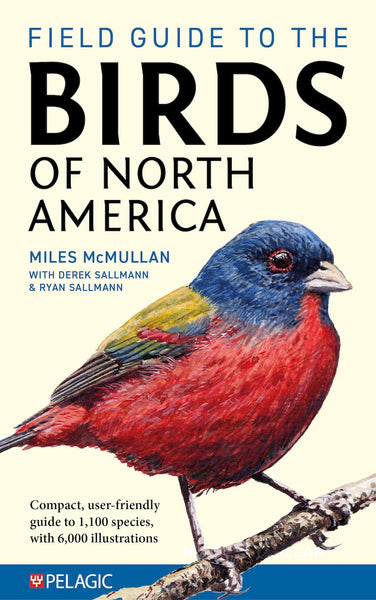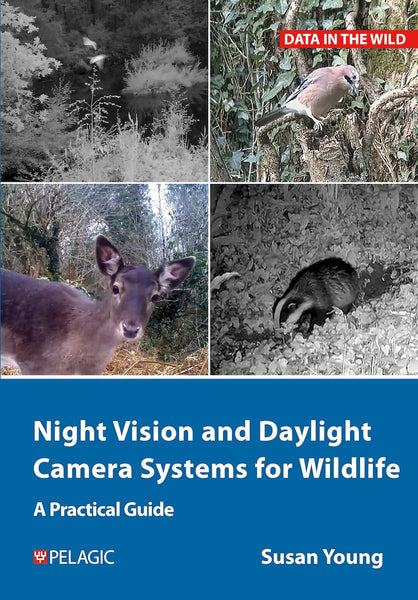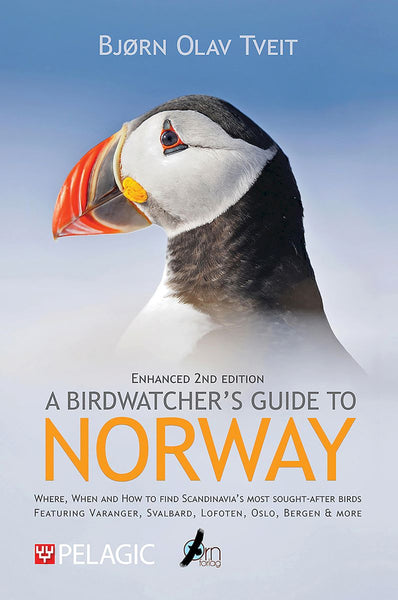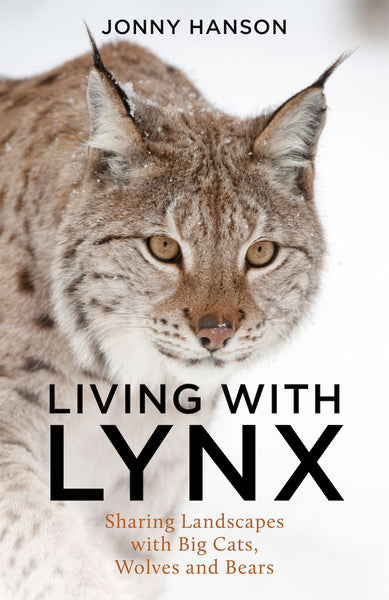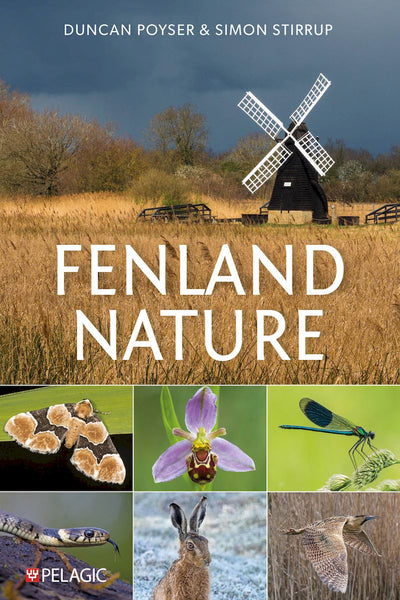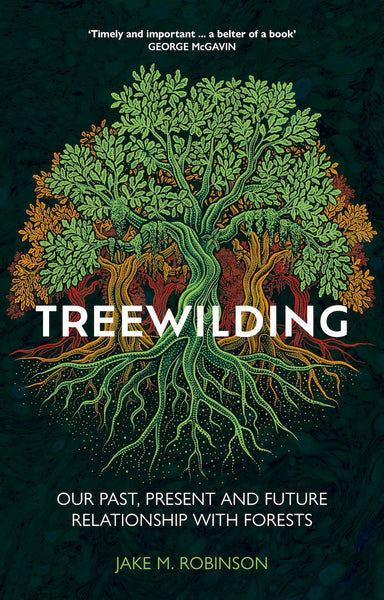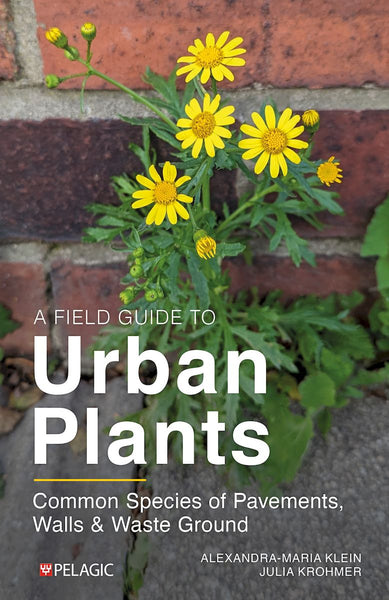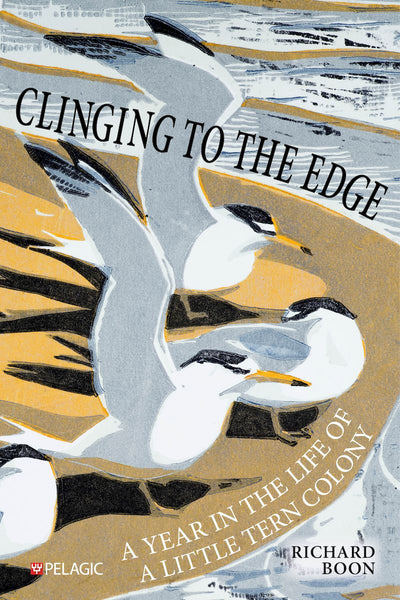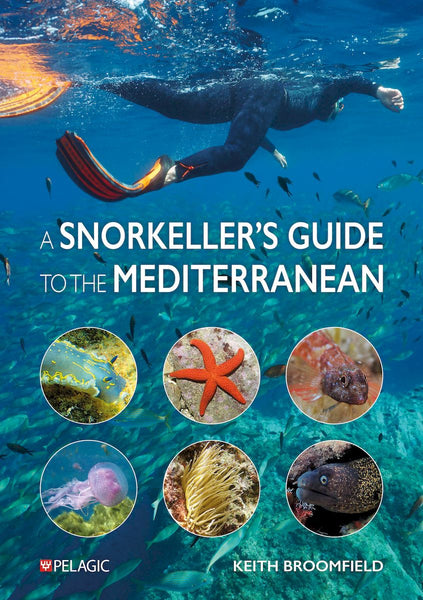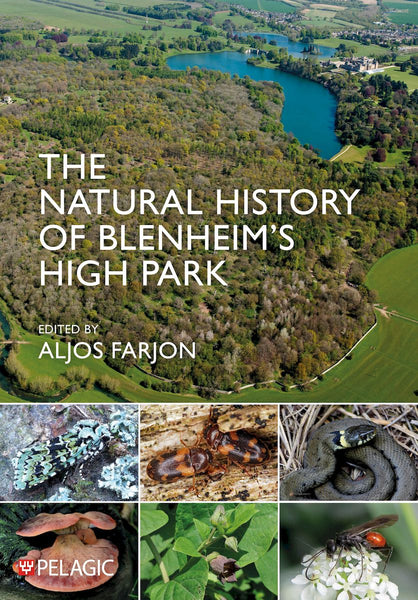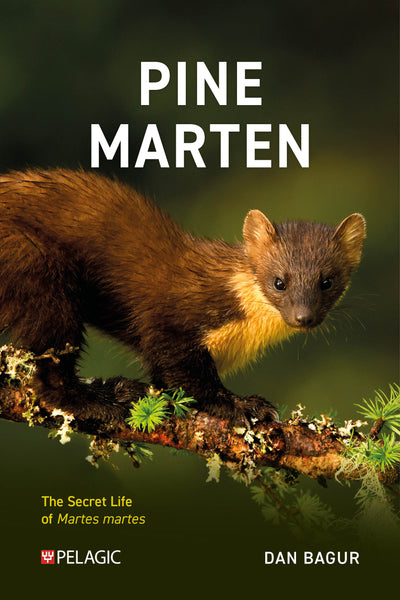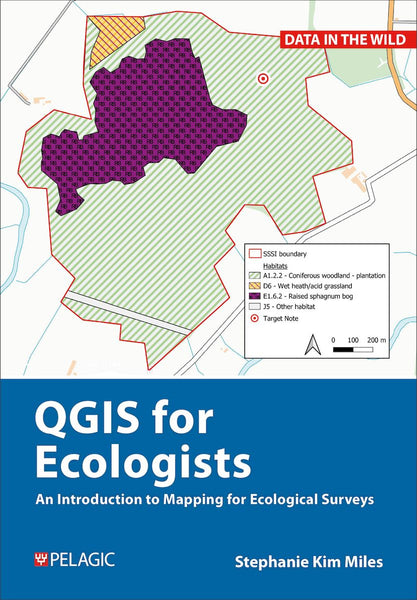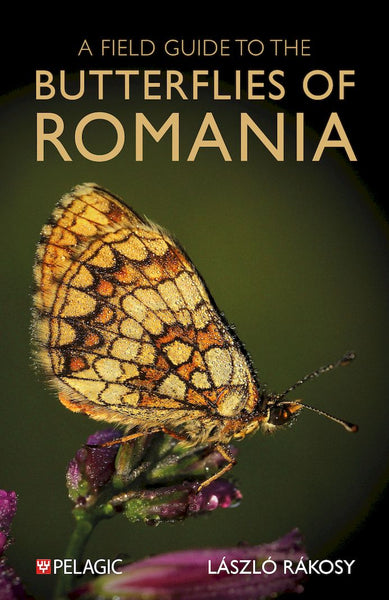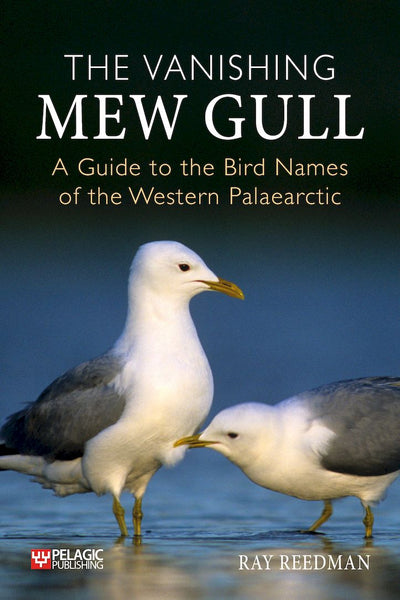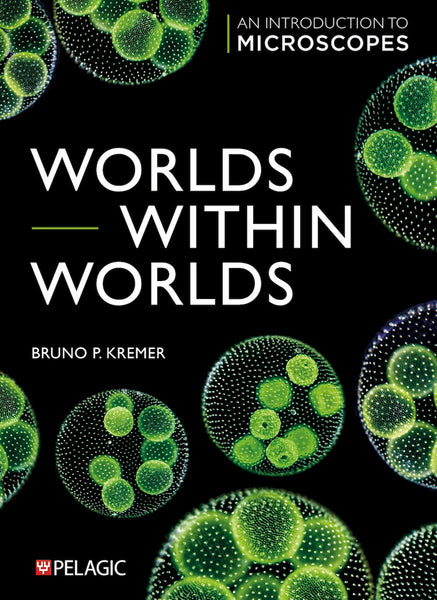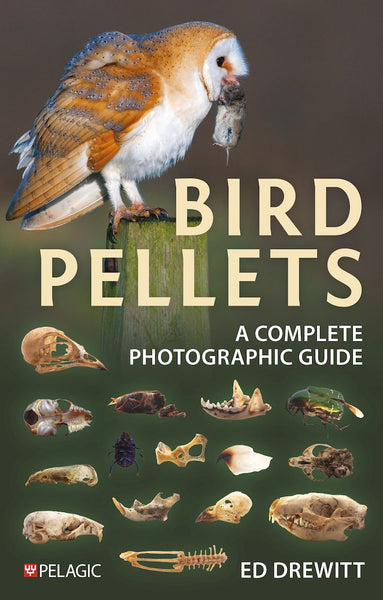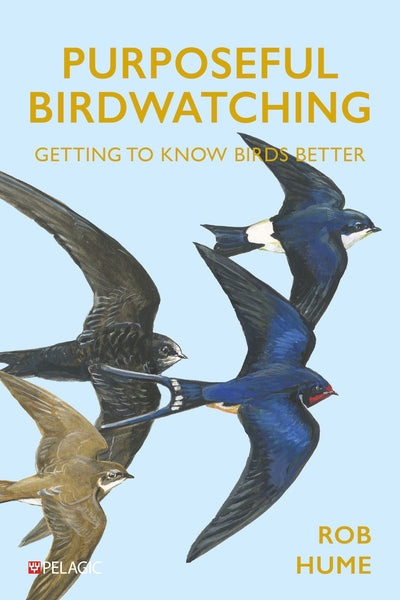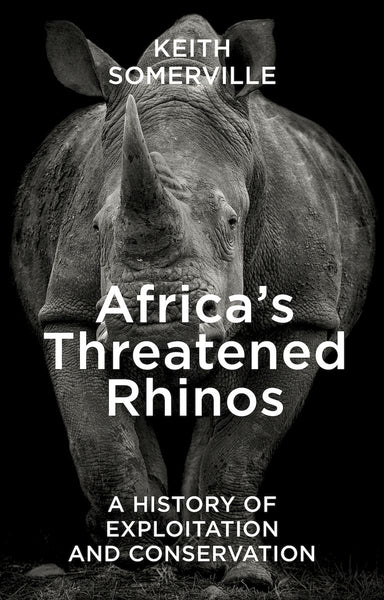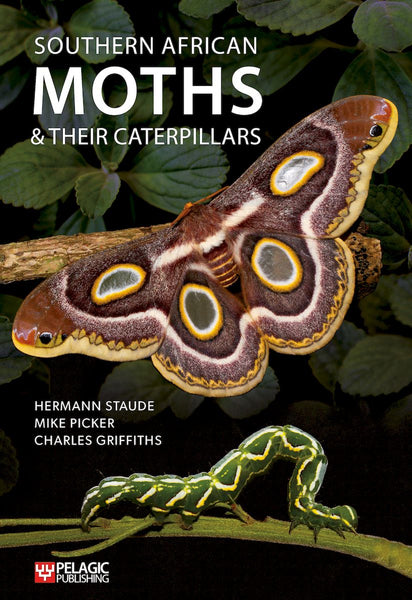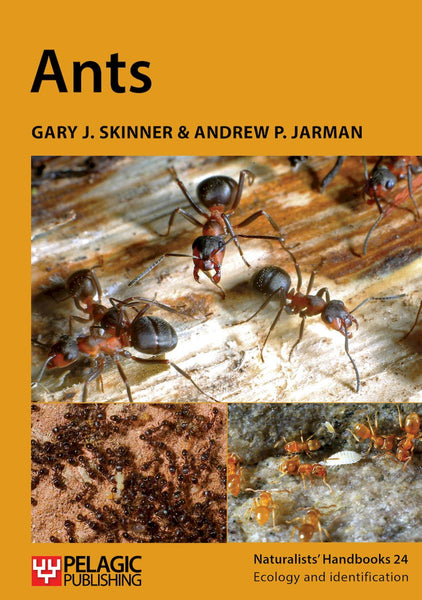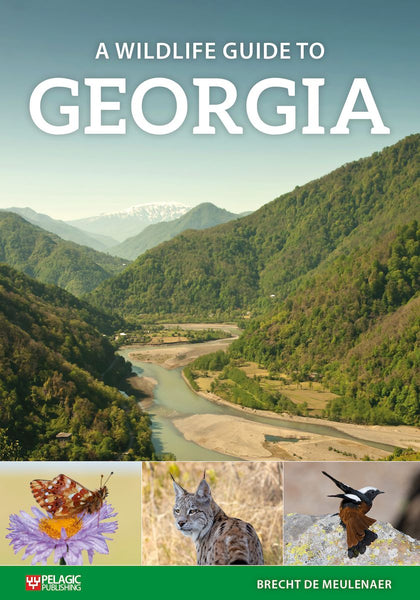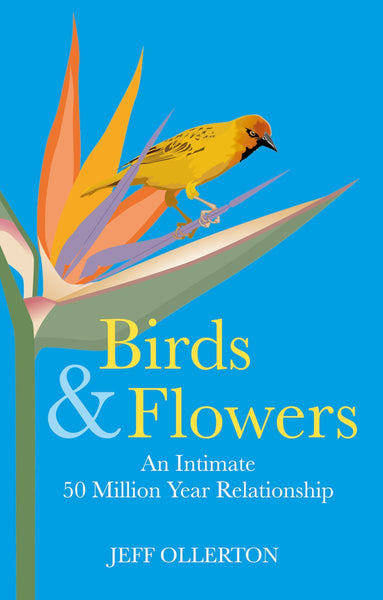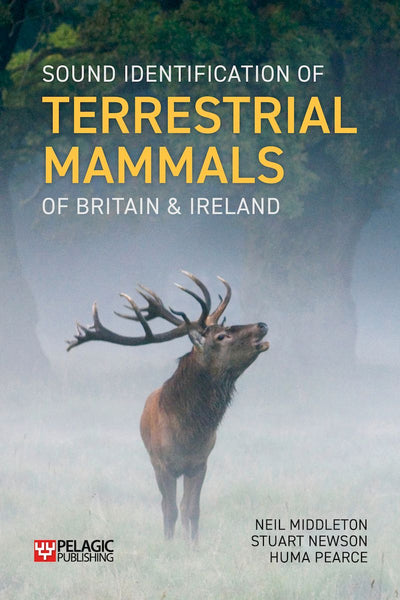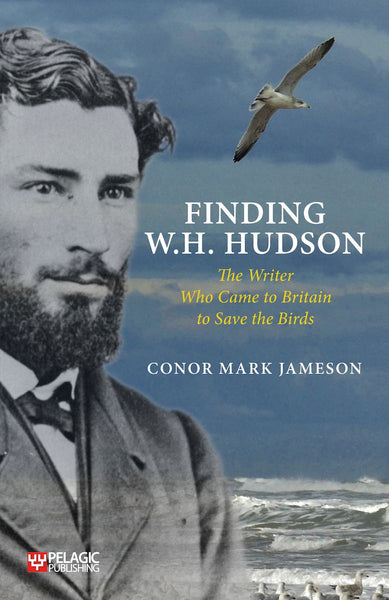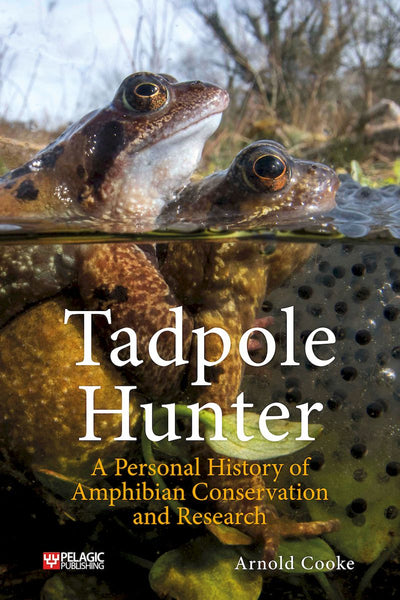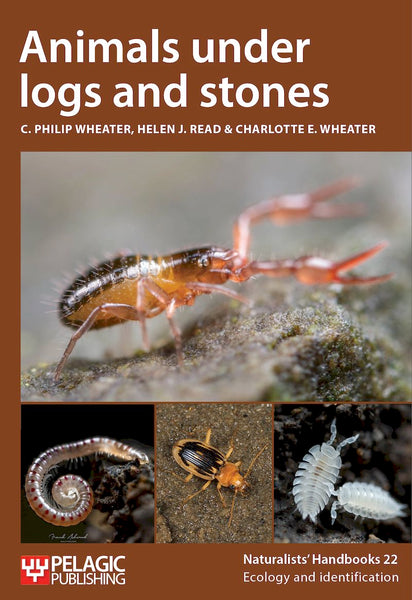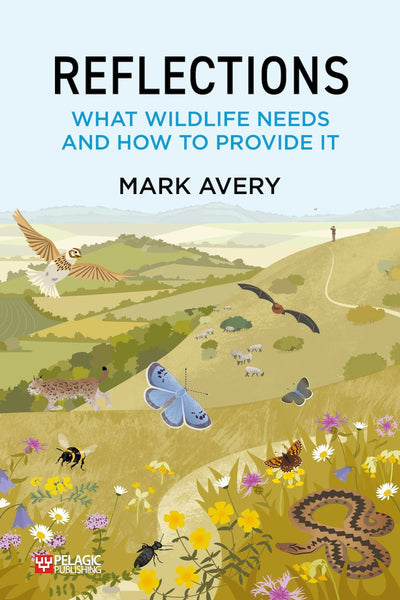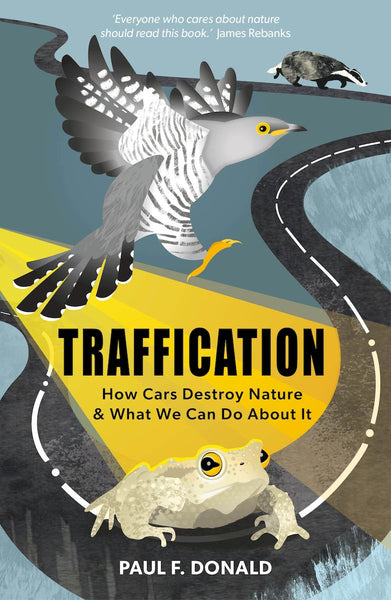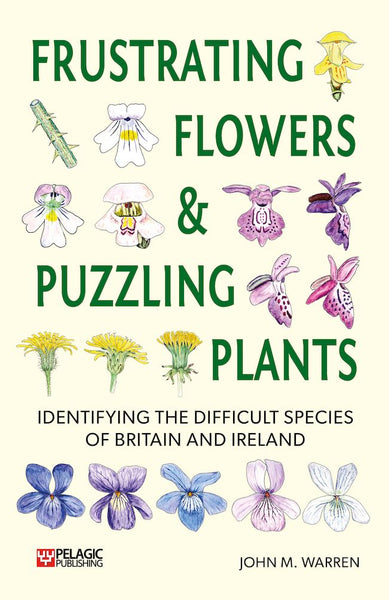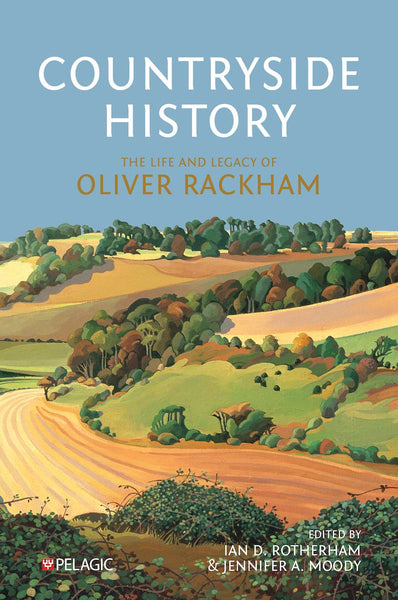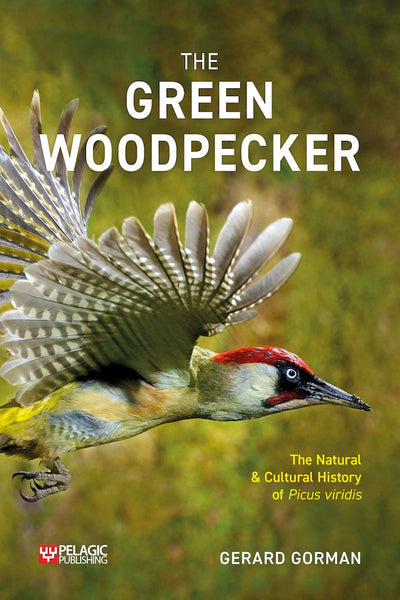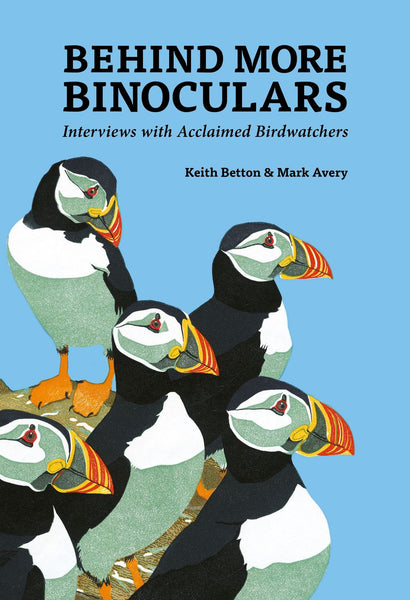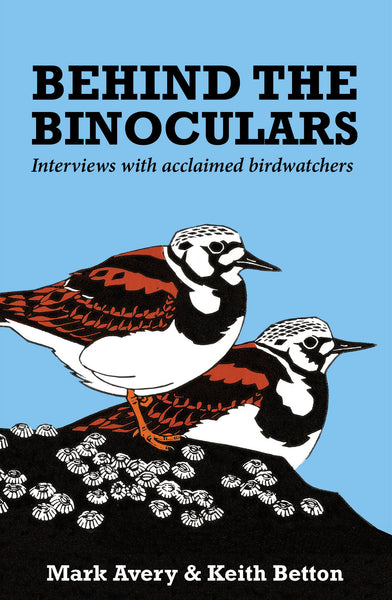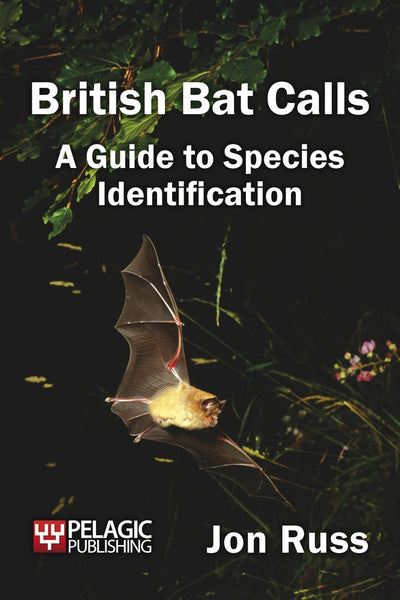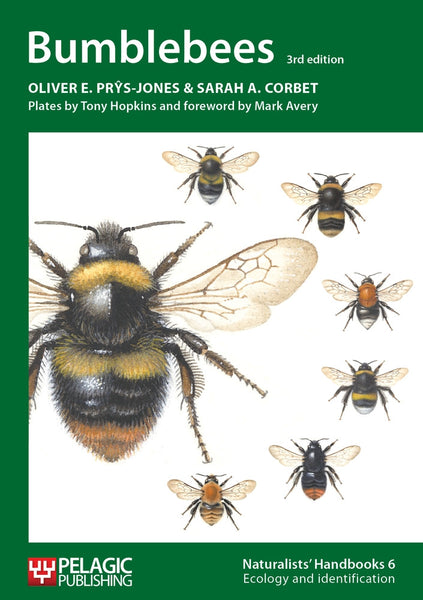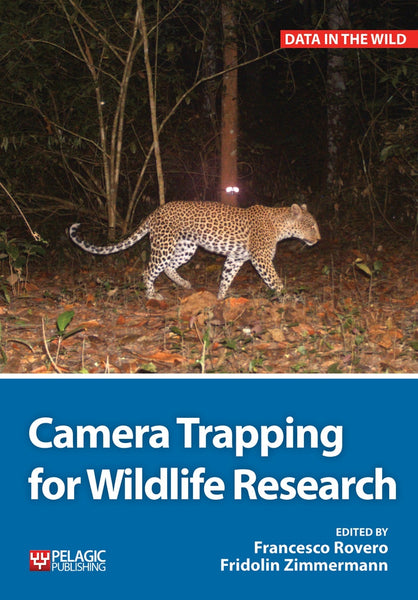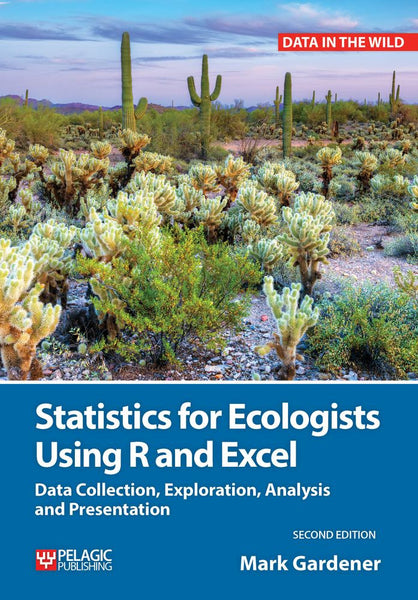A Natural History of Insects in 100 Limericks will be published in May 2021. Ahead of the book's publication, we caught up with the author, Richard A. Jones.
Firstly, could you tell us a little about your background and how your interest in insects and the natural world began?
I got my interest in natural history from my father, Alfred Jones (1929–2014); he was an amateur but expert botanist and he also studied fungi, insects, snails and fossils. It’s obviously a set-up, but there’s a photo of me aged not quite 2 years old, walking towards the camera with my Dad’s insect net. I just grew up thinking it was perfectly normal to go traipsing miles through the countryside every weekend catching insects, pressing plants, chipping fossils out of rocks, rock-pooling, pond-dipping, tree-climbing, scrabbling on all fours looking at ant nests, rolling logs over to look for beetles, and bringing home ink-caps and parasol mushrooms for dinner.
In primary school I was confidently able to tell my headmaster, Mr Butler, the difference between a water boatman and a water beetle. In secondary school I was already the weird kid who met strange blokes off of the train (they had come down from the Natural History Museum) to show them the thriving colony of bombardier beetles at Newhaven Undercliff, to try and work out its life history. At university my field knowledge was bolstered by the more academic and technical aspects of biochemistry, ecology, physiology, genetics and evolution, and although these hot topics went cold when I started working in a second-hand bookshop, and later in medical publishing, they were rekindled when I started writing about insects.
A Natural History of Insects in 100 Limericks is the first book of entomological limericks to exist, what made you decide to poetize insects in this way?
Hah! There’s a dilemma here. Studying insects has sometimes been characterized as just butterfly-collecting — the eccentric pursuit of a few effete toffs and socially awkward nerds. Because insects are small and generally regarded as insignificant entomology has never carried the same kudos and cachet as, say, ornithology, marine biology, vulcanology, primatology or plant toxicology. Entomologists are constantly having to justify an interest in the extremely small, on the grounds that insects exert an overwhelming influence on terrestrial ecosystems. In order to do this they have to shake off the long shadow cast by the silly butterfly collector and maintain a scientific gravitas and solemnity throughout. But in order to make the sometimes complex and unfamiliar science accessible to the non-expert, you often have to present it in much more familiar terms. I know I’ve taken a risk, by relaxing that solemnity (perhaps to the point of absurdity), but I hope me writing silly poems will be the hook to draw someone in.

You have said that insects are often overlooked. Why do you think that is and what would you say to someone who dismisses these creatures as insignificant?
Insects are so very small, and because they are everywhere, and are so familiar, they are usually taken for granted. Worse, they are often characterized as malignant because they bite, or sting, or eat our crops, demolish our roof timbers or chew our soft furnishings. But the sheer weight of insect numbers, and their mind-numbing diversity means that they dominate virtually every terrestrial ecosystem from sea shore to mountain top. If an alien civilization visited Earth and, with limited time and limited resources, decided to try and understand how life on this planet worked, all they need do is study beetles, and dismiss everything else as sampling error. And that familiarity is false; the moment you start looking at them closely, insects are revealed as bizarre beyond imagining, and their behaviours and interactions with the rest of the environment are manifold almost beyond understanding. Ironically, it doesn’t take much to have a closer look — just a hand lens and a bit of curiosity. And the rewards are there.
Apart from the personal wonder and fascination afforded by insects, they are also tremendously important indicators of the state of the environment. They can discern clean or polluted water, they inform on the conservation value of ancient woodlands, chalk downland, upland moors, lowland heaths indeed all habitats everywhere. And historically insects have provided important models for the understanding of science — evolution, physiology, genetics, disease spread, ecosystem management and pest control. At one end of this range Anopheles mosquitoes are responsible for the deaths of half a million people a year, mostly children in sub-Saharan Africa, by spreading Malaria. At the other, almost the entire basis for the modern understanding of genes, genetics and DNA has come through studying the breeding of Drosophila fruit flies. Insects are vitally important to this planet, and our understanding of it, even if most people don’t know it.
The book is illustrated with beautiful line drawings by your son Calvin, who was only 13 years old at the time. Each illustration perfectly captures the spirit of each limerick. Calvin, could you tell us more about the drawing process and any resources you used along the way?

And Richard, what was it like to collaborate with your son on the book?
When we cook together, the father/son bonding interaction has sometimes been described by other members of the household as “low level bickering” when we gently disagree about the best way to cut carrots, soak shiitake mushrooms, season the noodles, or who should clear up the work surface. But with this project we quite clearly had our own separate tasks, and this has made it much easier. I’d suggest picture sources to Calvin and he would then get on with it. Very occasionally I’d comment that the picture hadn’t quite captured the insect, and he’d happily redraw or adjust it. I would sometimes read out a draft and I could tell by Calvin’s hesitation when I needed to rework it. Sometimes he’d ask what something meant, and I’d realize that I had slipped into unnecessary jargon, or made an unwarranted assumption about the reader’s understanding. In the end I’m really pleased with how it has all come together.
A Natural History of Insects in 100 Limericks is for anyone with an interest in wildlife, aged from 10 to 110 years old. How important was it to you to offer an accessible and understandable way of learning more about insects?
The general public’s knowledge of insects is mired in so much misunderstanding, myth and stereotype, but once you have someone’s attention they are fascinated to discover the true facts. Some of the rhyming clashes here are, I admit, a bit like a slap in the face, but if that grabs someone’s attention, then I consider my work here is done. Or at least started.

The book contains limericks for over 100 species of insect, from Wasp to Assassin Bug. If you had to pick, which insect would be your favourite?
I’m going to evade this question by stating that my favourite insect is always the last one I looked at under the hand lens or down the microscope. Yesterday it was a beautiful black and red click beetle, Ampedus rufipennis, a rare species I’d never seen before. It has three strongholds in Britain — Gloucester, Windsor and the Blean Woodland area of Kent. I found it under the loose bark of a dead ash tree next to the M3 near Staines. Despite its startling colours and striking form, identification of this group is very difficult, but I satisfied my doubts under the microscope and by comparison with other species in my reference collection. Who knows what today’s fave will be?
Finally, could you tell us more about any future projects in the works and what’s next for you?
I’m writing the New Naturalist volume on shieldbugs, and I’m a fair way through the first draft. This is a group of handsome and friendly insects, rightly deserving of their heroic heraldic name. I’ve also just finished writing a book on Ants for the Bloomsbury British Wildlife Collection. First proofs should be arriving any day now. It’s a hefty tome of around 400 pages and includes identification keys and ecological notes on all British species, some detailed biochemistry of their trail and nest pheromones, complex genetics to try and explain the evolution of a neuter worker caste, and staggering statistics about ant numbers and biomass. Again, I have tried to explain some really rather difficult science in easily accessible terms. There is one limerick.
A Natural History of Insects in 100 Limericks publishes in May 2021, preorder with discount code LIMERICKS25 to save 25%.






